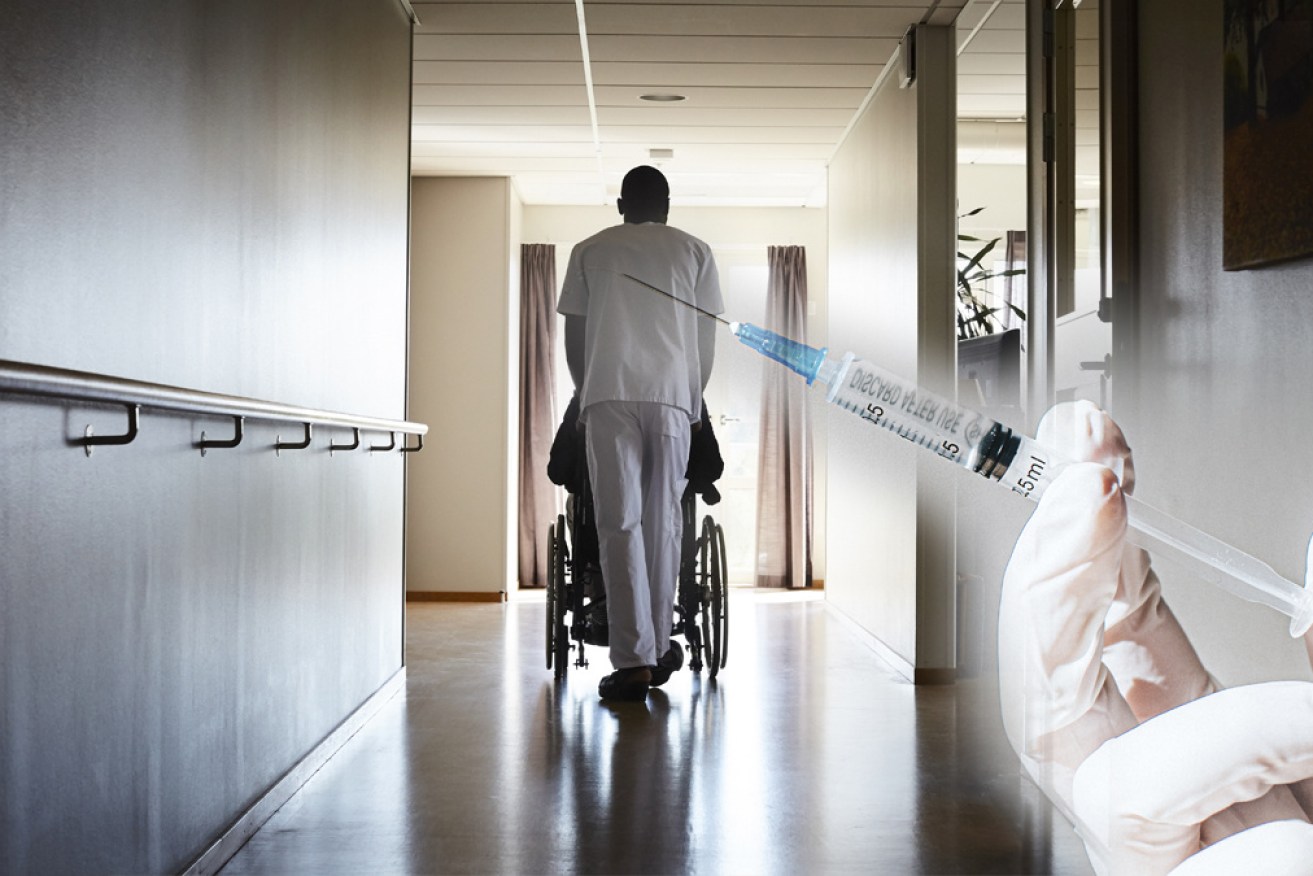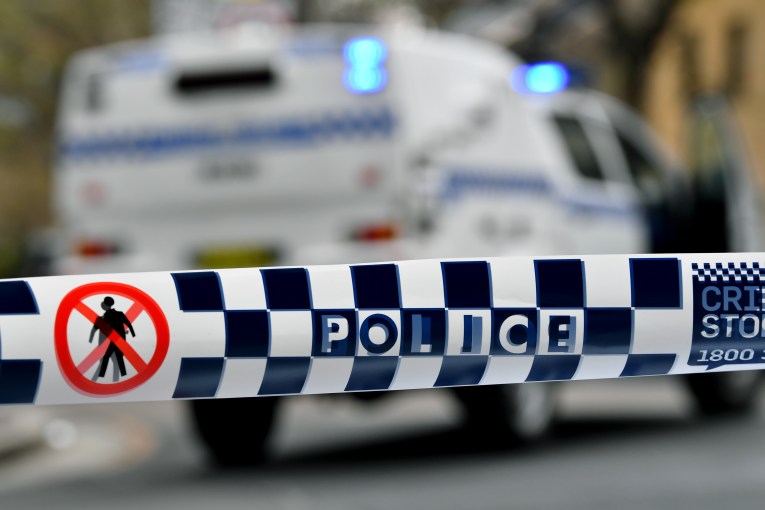‘Unforgivable’: Only 6 per cent of disability residents have received vaccines so far


Aged-care workers aren't obliged to reveal if they have been inoculated, the Health department hyas ruled. Photo: Getty/TND
Tens of thousands of Australia’s most vulnerable people in care facilities are still waiting for COVID vaccinations, despite being at the very front of the queue for jabs.
Despite saying they were among the “highest risk population”, health department officials have admitted barely 6 per cent of disability care residents have received even their first shot of the two-dose vaccines.
Many aged-care residents are still waiting, too.
The department conceded the progress so far has been a “trickle”.
Labor’s National Disability Insurance Scheme spokesman Bill Shorten called the disability facility figures “absolutely unforgivable”.
The plan was that all 678,000 high-risk workers and care residents in Phase 1a of the vaccine rollout would get their vaccinations within six weeks of the program starting.
Eight weeks on from the rollout start date, Department of Health secretary Brendan Murphy was unable to say how many people in Phase 1a had received a single vaccination.

Only a “trickle” of vaccines have gone into disability residences. Photo: Getty
Earlier on Tuesday, Health Minister Greg Hunt announced “very heartening” news Australia had delivered 67,034 COVID vaccinations in the previous 24 hours, for a total of 1.653 million jabs.
Mr Hunt called the national cabinet’s plan to bring forward vaccinations for people aged 50 and up from Phase 2a “a very important step”, saying state governments had “significant capacity” to offer more appointments faster.
But despite plans to widen the availability of vaccines for lower-risk populations, scores of the highest-risk workers and residents in Phase 1a have not been vaccinated, health officials admitted in a Senate committee on Tuesday afternoon.
Health department associate secretary Caroline Edwards detailed that, of 25,000 Australians with a disability in residential facilities, just 1448 people had received first doses and only 192 a second dose.
The vaccinated people in disability residences represent just 6.5 per cent of the total group.
Officials also revealed that of about 6000 disability residential facilities, only 93 had received their first doses, and just 17 had received second doses.
That means about 0.3 per cent of disability facilities have been fully vaccinated.
“Eight weeks in, 6.5 per cent of residents?” Labor senator Katy Gallagher asked in the hearing.
“Very small.”
The Morrison Govt promised to vaccinate all disability residents against COVID as a top priority (before Easter).
Now, 8 weeks later, the govt has only delivered 6.5% of disability residents with a dose.
Another broken promise as part of the govt’s vaccine rollout.#auspol pic.twitter.com/30pAxdvzyZ
— Katy Gallagher (@SenKatyG) April 20, 2021
Ms Edwards defended the figures, admitting it was a small number, but explaining the Commonwealth had prioritised vaccines in aged care first.
The latest department statistics show 177,520 total doses had been given in Commonwealth aged and disability facilities.
Ms Edwards said the department soon discovered vaccinating aged-care residents was a more difficult and lengthy process than they anticipated.
“We’ve deliberately focused on aged-care residents. This has been very small. We do not for a moment say this is more than a trickle of vaccinations. We’re now working to gear that up as the aged-care residents program is nearing its completion,” Ms Edwards explained.
“Not because disability residents are any less priority, but we know that absolutely the most at-risk people in the community … are elderly people in aged-care facilities.”
Professor Murphy said the virus risk was “significantly greater” in aged care.

Vaccinations will be “ramped up” in disability care, health department officials said. Photo: AAP
“We’re very cognisant of the fact we need to ramp up … and rapidly get into disability care,” he told the Senate committee.
Professor Murphy said he couldn’t provide exact figures of how many people in Phase 1a had received jabs.
“The challenge is we agreed with the states and territories we’d start [Phase] 1b earlier, and there is some crossover between 1a and 1b, certainly in healthcare workers and emergency workers,” Professor Murphy said.
“We believe the great majority of 1a has been completed. The states and territories … have said all of their border and quarantine workers are completely protected.
“It would be very difficult to be absolutely split up the 1a and 1b.”
Professor Murphy also said there was “a significant amount of work” still needed to fully vaccinated aged-care workers, who fall under Phase 1a.
Mr Hunt had said on February 18, before the government’s other vaccination targets were blown away by supply issues, the government’s “rough expectation for the Phase 1a program” was six weeks.
The program has now been running for more than eight weeks.
Professor Murphy told the hearing that progress was going “solidly”, with hopes to complete that full 1a rollout “in coming weeks”.
Senator Gallagher later told the ABC “there’s a big gap between what was promised and what actually has happened over the last eight weeks”.
Professor Murphy said Commonwealth services had gone into 1341 aged-care facilities to give first doses, including 749 facilities that had also received second doses. He called it a “complex and sensitive task”.
“Every day there are a large number of facilities completing their full immunisation,” Professor Murphy said.








